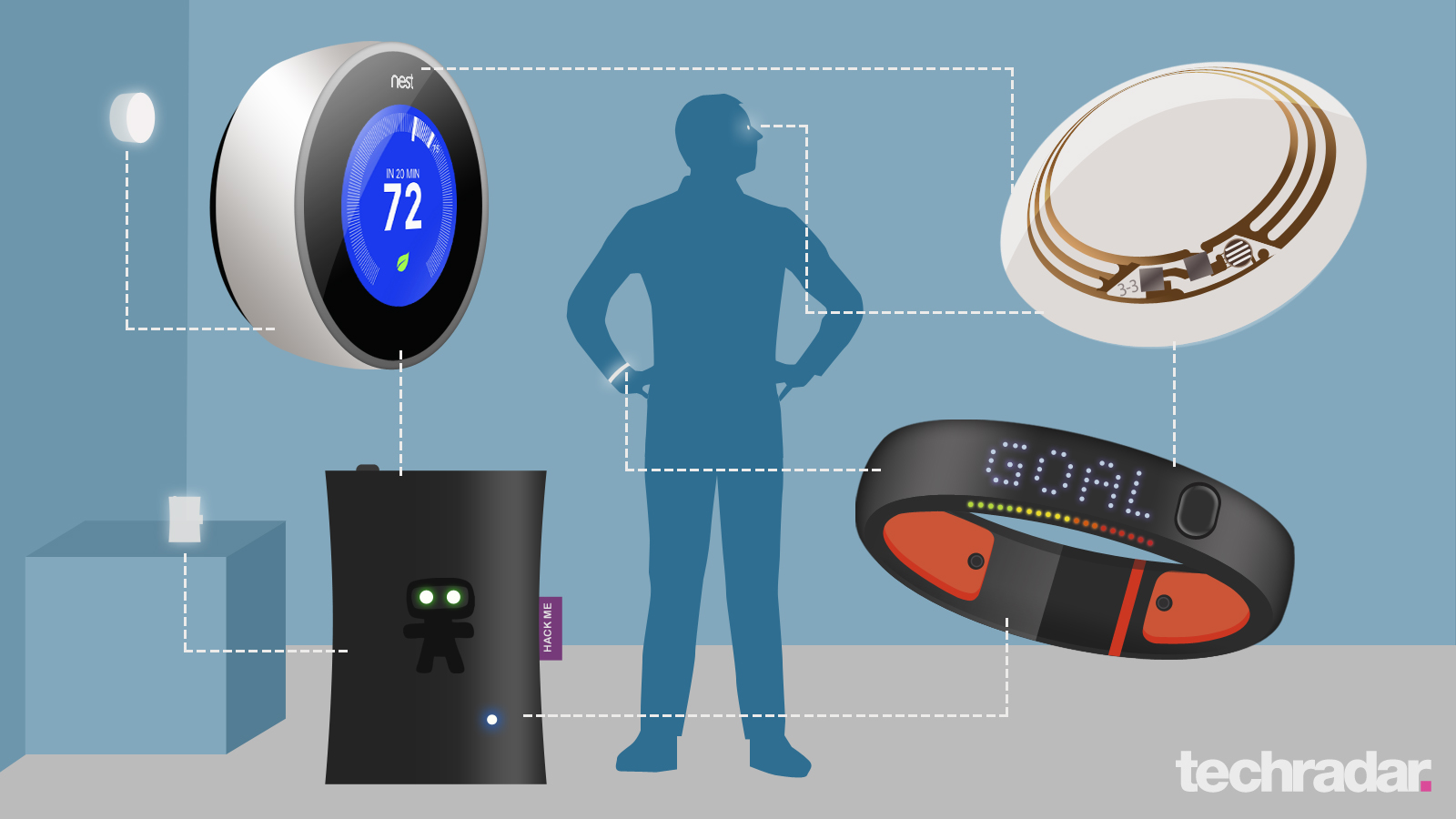Is your organisation ready for wearables?
The Internet of Things is a potential nightmare wating to happen

Arguably, wearables have existed in many forms for a number of years; however this phenomenon has only recently been formalised thanks to the collision of two ideas – 'Wearable Technology' and 'the Internet of Things'.
From mechanical pocket watches, through to electronic medical devices such as hearing aids, wearables have existed. But until recently those devices only communicated via a simple user interface. Now they (or more accurately their descendants, such as biometric monitors for either health or fitness/sport) are starting to communicate wirelessly with other devices, and are often using internet technologies to do so.
It's this internet communication that makes wearable technology such a potential nightmare. For decades, manufacturers and distributors have had private closed networks that link shop floor data collection systems and machine controllers. However, many of these networks now use internet communication protocols or, in some cases, communicate with each other across the public internet. Other machines and devices (such as printers) are also communicating across WiFi and many other software applications use internet connections to access data stores and other resources that the user isn't even aware of.
Rise of the machines
Additional machine-to-machine (M2M) communications systems are also on the horizon, including internet-connected car navigation systems, vehicle tracking and environmental control systems, and, most notably, personal devices such as Google Glass and Smart Watches. While these all seem harmless, businesses need to stop and think about what a hacker could do with some of these technologies – not to mention the impact that IoT enabled wearable technologies may have on the volume of data crossing the corporate network, should these wearable devices become popular in the workplace.
Opening up access to these devices through the internet means your network is suddenly far more vulnerable to attack. This vulnerability likely won't appear as an attack on connected devices, but they provide a wider choice of opportunities for the hacker to exploit. There is yet to be developed a security programme for Google Glass, or similar wearable technologies, and as such, businesses are under pressure to work out how they will manage these new technologies, protecting both the corporate network and the owners' personal data.
Such devices also raise a number of privacy concerns in certain industries, and network management issues associated with continuously streaming data across the network.
Privacy matters
Many wearable technologies are fitted with cameras and there is a serious concern that, knowingly or unknowingly, employees could film co-workers or the layout of an office, leading to the leaking of confidential information. Similarly, a film made using wearable technology on a privately owned premises would be a breach of privacy.
Sign up to the TechRadar Pro newsletter to get all the top news, opinion, features and guidance your business needs to succeed!
If an employee filmed co-workers being inappropriate with company signage in view, and the film ended up on You Tube, there could be serious implications. Strain on the network must also be considered, with wearable technologies requiring their own IP address, so that they are not putting unnecessary pressure on the corporate network. Similarly, allowing wearables in the office, but only granting them access to a guest network, will also reduce the likelihood of the corporate network being hacked.
While wearables may seem too complex to conceive right now, it is important to remember that a decade ago we wouldn't be able to imagine how essential the mobile phone would become to us. BYOD has allowed us to use our favourite device in the office, increasing our allegiance to it. IoT and wearables will head the same way as this and, most likely, become indispensable to us in ways that we can't even conceive yet. As such, we need to prepare for them now, one device at a time.
- Lawrence Garvin is head geek at Solarwinds